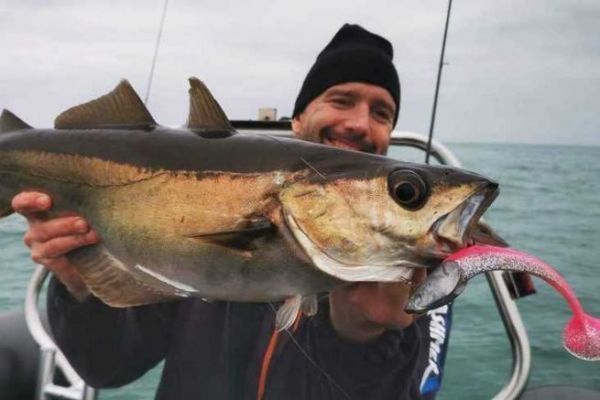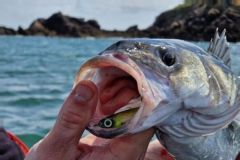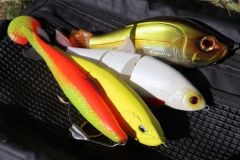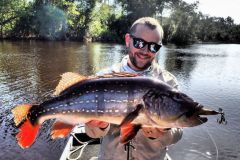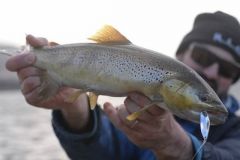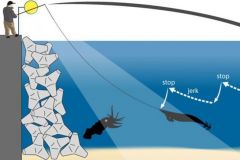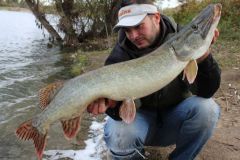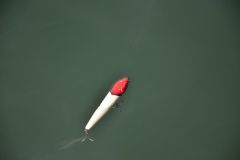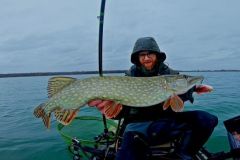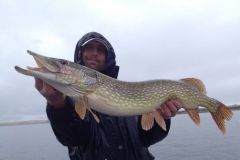The color of water
The first parameter to select the color of your lure is the color of the water and especially its turbidity.
When the water is clear, natural-coloured lures are the best choice. Green and blue tones are a good base, depending on the color of the water and the prey present.
However, flashy lures can be very effective in clear water, depending on the mood of the fish.
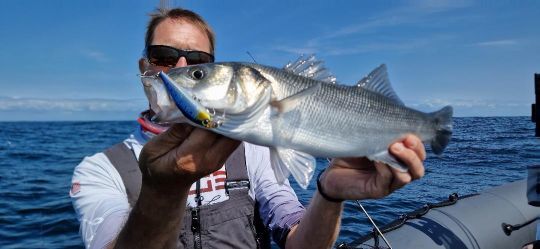
Brightness
Brightness is an important parameter in determining the color of a lure. The higher the brightness, the more likely we are to use imitation lures, and vice versa when the brightness is low.
Similarly, glitter or transparent lures are often very effective when the sun is at its zenith and the water is translucent.
Luminosity obviously depends on the turbidity of the water, the position of the sun and cloud cover, but also on the wind. When the surface is wrinkled or agitated by the wind, it difracts the light, i.e. modifies the direction of the light rays, thus lowering the ambient luminosity. As a result, luminosity is different in the water on a sunny day with and without wind!
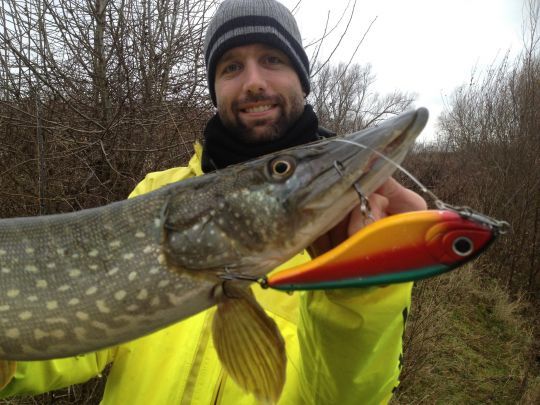
The father
The patern identified or selected influences the choice of color. Without going back over the definition of a patern and its identification, let's remember that part of its function is either to imitate or to make predators react. So, depending on the desired effect, you'll choose natural or flashy tones, whatever the other parameters. For example, a Fire Tiger lure can be used in very clear water and in strong light conditions, as this will aggress and provoke predators.
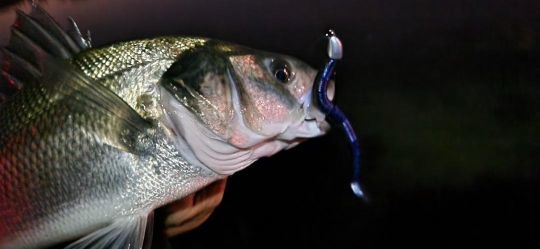
The question of black
Black (and very dark colors) are rarely used by anglers in France. Nevertheless, it is the most visible color when visibility is low, as it contrasts with the surrounding color. So at night for sea anglers or during periods of high water, it should be your first choice!
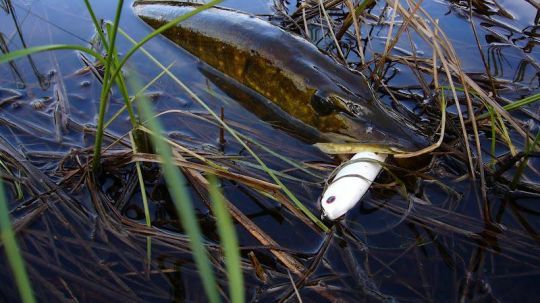
And the white?
White is considered to be colorless. In reality, it doesn't really matter whether it is or not. What's certain is that it's widely used by freshwater anglers in particular, and is often a staple in the angler's box.
It has the advantage of being less conspicuous in the water, giving the lure a more blurred outline and generally a sort of luminous halo around the lure in murky water.
At sea, when the sky is white or there's surf and foam, it's a priority color.

 /
/ 